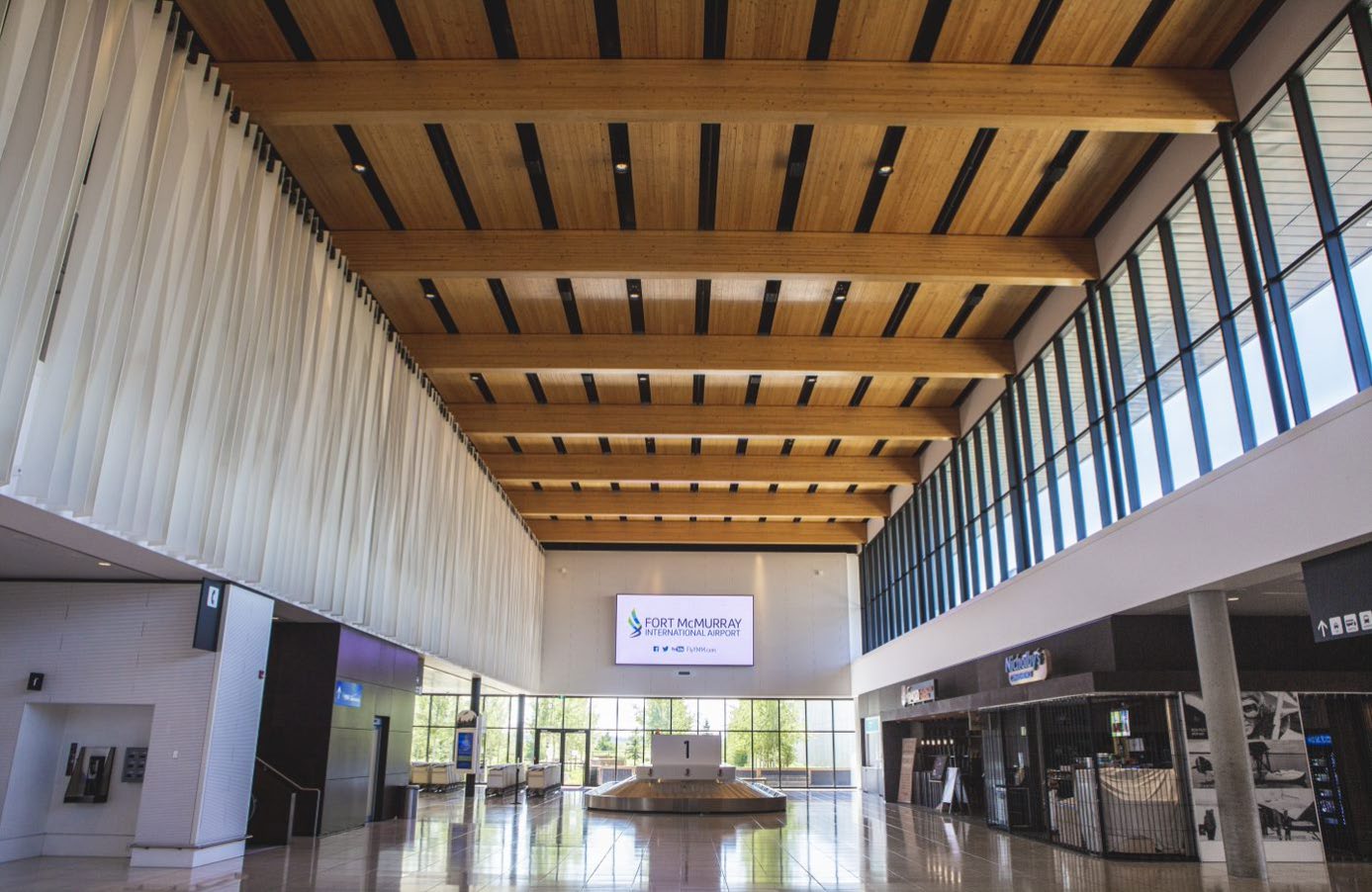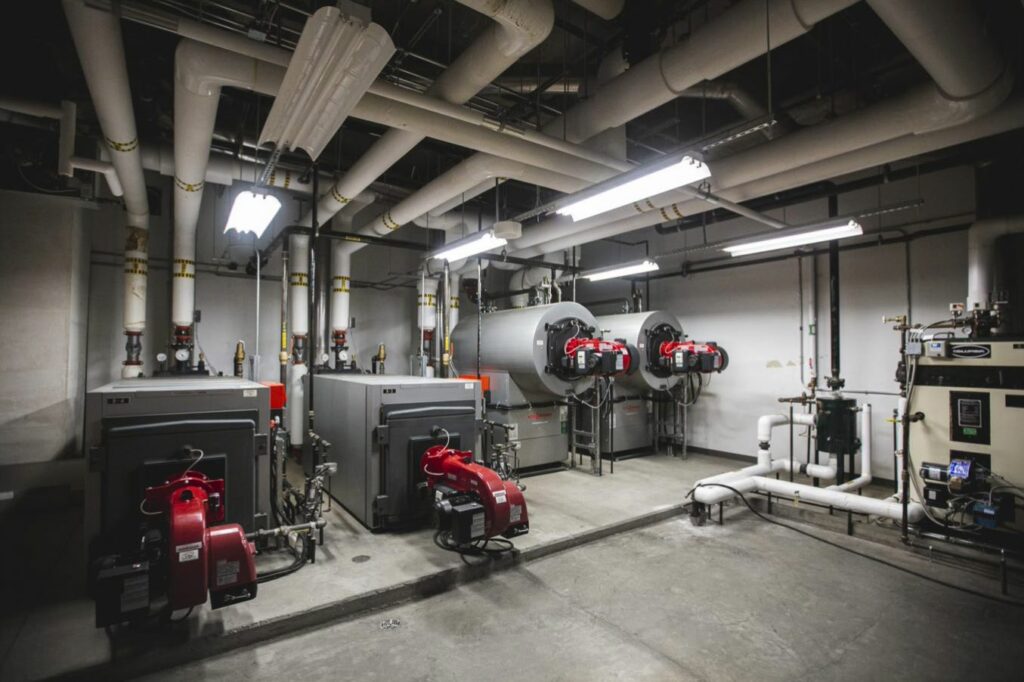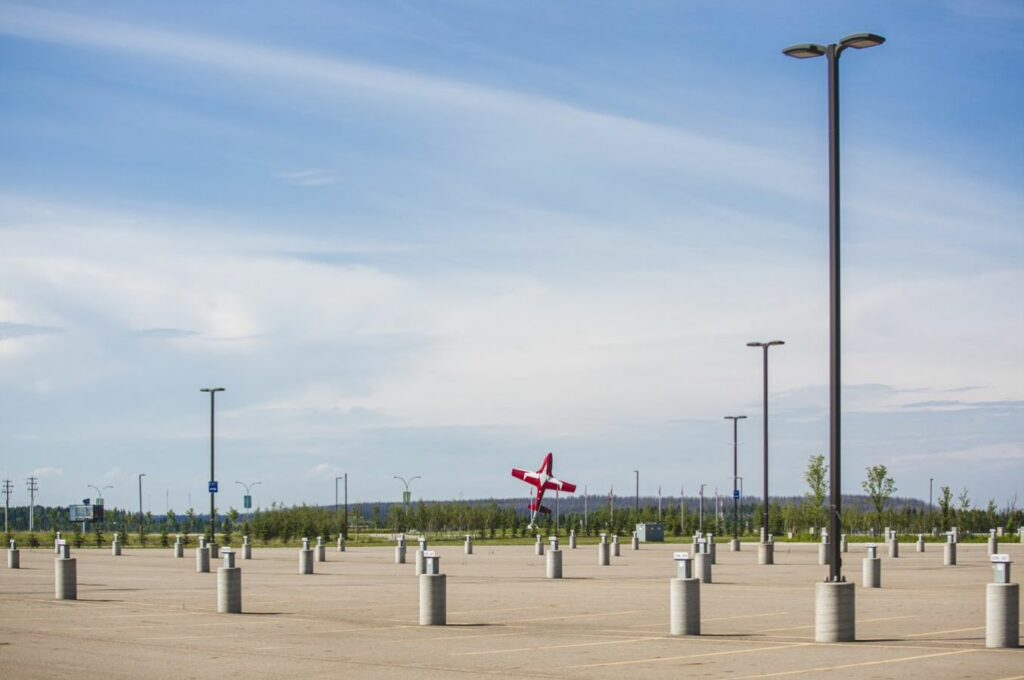News
Energy savings take off at Fort McMurray airport

Low-cost and no-cost changes make impact for airport.
Airport authority achieves power and gas savings
Encompassing ~160,000 square feet of space, the Fort McMurray International Airport is the largest airport in northern Alberta. In a space this big, it is easy to imagine how energy costs can add up (especially mid-winter) but the opportunities for saving energy turned out to be just as big. This success story is impressive given that the main terminal is only six years old.A major economic driver for the region, the Fort McMurray International Airport has an economic output of $354 million, supports about 70 businesses on airport property and directly or indirectly contributes to the employment of over 900 people. The airport is owned and operated by the Fort McMurray Airport Authority (FMAA), which was founded in 2009 to help provide Fort McMurray with a premier regional airport.
In 2014, the FMAA opened the doors to a new air terminal building, designed to accommodate 1.3 million passengers per year and replacing a terminal designed for 250,000 passengers per year. Since the expansion, the FMAA has looked for new ways to improve its energy efficiency.
Declaring their energy-saving goals
Fast forward to June 2019 when the FMAA joined the Strategic Energy Management program. From the beginning, it was apparent that employee engagement would be the key to success. The FMAA began by establishing an energy team and creating an energy policy. Their next step was to host an education session to raise awareness and engage staff and tenants on the importance of their energy conservation goals.
The energy team then went to work. One of the quick wins was adjusting set points across the Main Airport Terminal building to allow the HVAC system to work with maximum efficiency. In the airport’s North Terminal facility (the old passenger terminal, now used for cargo and charter flights), they also changed the HVAC system set points to better align with the facility’s actual operation. The FMAA also reviewed lighting requirements in the North Terminal and is currently retrofitting parkade lights.

Another area of power savings was to optimize escalator runtimes in the Main Airport Terminal building. Where previously the airport’s two escalators were running nearly 100 per cent of the time, now the FMAA only runs the escalators when needed.
Preparing for takeoff …of future savings
So far, the FMAA has saved $58,460 on electricity for the year (a 14.7 per cent decrease, or 1,037,480 kilowatts). The FMAA also found natural gas savings of $10,290 (a 9.8 per cent decrease in usage).
“Participating in the SEM program is a natural fit for us at YMM. Sustainability is one of our core values and it’s something our entire industry is committed to demonstrating throughout our operations.”
RJ Steenstra, President and CEO, Fort McMurray Airport Authority
The next leg of the journey
Going forward, the FMAA has its sights set on additional HVAC efficiencies and lighting retrofits. The parking lot lighting at its Main Airport Terminal building will see old metal halide light heads upgraded to energy efficient LED fixtures. The FMAA will also focus on updating and optimizing the aging HVAC systems in older parts of the facility, addressing items such as gaps in building envelopes, HVAC systems competing against each other to heat the space, and heat loss through shop doors.


